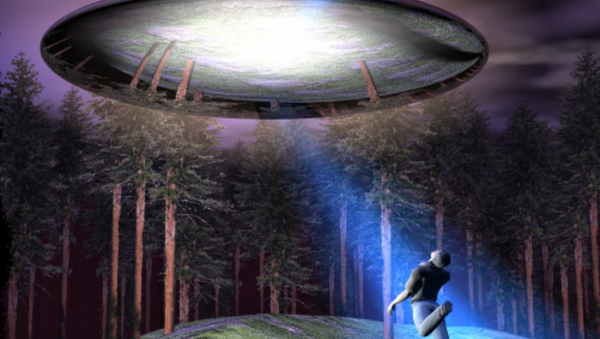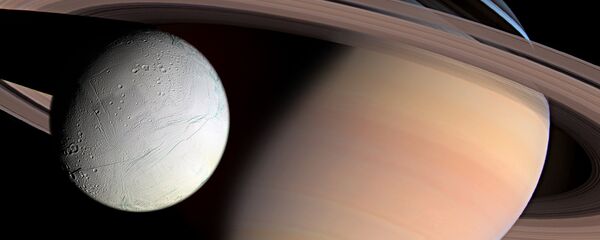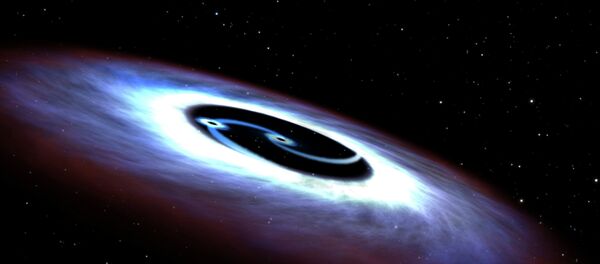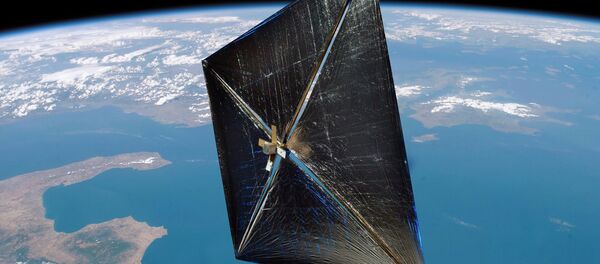If you grew up in the 90s, you probably spent a good portion of your childhood standing on a plain block of wood in the front yard. "It’s a hoverboard," you’d tell yourself, imagining the scenery rushing by. "It’s a hoverboard," you’d tell your mom when she‘d asked what, pray tell, you were doing. "Hoverboard," you’d say when your dad needed the wood back to finish building his cabinets.
Such was the shared disappointment resulting from "Back to the Future II." An entire generation, dragging themselves to bed with splintered feet.
Last year, Arx Pax blew everyone’s mind when they developed the most promising hover technology to date. The Hendo Hoverboard isn’t exactly portable enough to fit in your backpack, and it only works on conductive surfaces, it can, nevertheless, usher a fully-grown adult through the air.
Astoundingly, the hoverboard isn’t even the primary interest o Arx Pax, and was really only developed to highlight the company’s Magnetic Field Architecture technology. And it paid off. NASA has hired the team to develop another science fiction staple: a tractor beam.
"NASA realized that this is a fundamental tool," Arx Pax founder and CFO Greg Henderson told Gizmodo. "What we’re providing NASA is a way of manipulating objects in space without touching them."
You may recognize the concept from the original Star Wars movie, when the Death Star used its tractor beam to draw in and trap the Millennium Falcon. You may have heard any number of UFO abduction stories, wherein the teller was taken aboard an alien craft with a powerful beam of light.
So what does NASA want with the technology? The space agency has already launched a number of small, 10 by 10 cm microsatellites into Earth orbit. Called CubeSats, they can be launched into space by the dozen at a fraction of the cost of a normal satellite. NASA even has long-term plans of exploring the broader solar system with the devices.
But with their limited size reserved for processing hardware, CubeSats don’t exactly have a lot of maneuverability.
"CubeSats are in close proximity already," Henderson said. "We’re trying to figure out how do you link them together, connect them, and move them around relative to one another."
We’re not sure how, precisely, Arx Pax’s designs will help accomplish those goals, but the company is thinking big in a number of other ways, as well. It also hopes to use Magnetic Field Architecture to suspend building off the ground, making them more invulnerable to earthquakes.
Fulfilling one dream at a time, one can only hope that a working lightsaber will be next. LED Maglites just don’t cut it.





